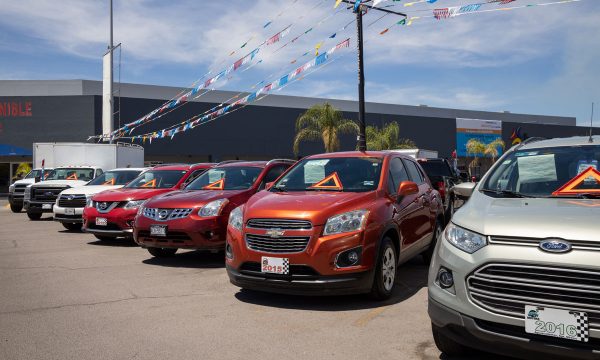
New-vehicle retail sales for October 2022 are expected to increase when compared with October 2021, according to a joint forecast from J.D. Power and LMC Automotive. Retail sales of new vehicles this month are expected to reach 1,008,200 units, a 12.1% increase compared with October 2021. October 2022 has one fewer selling day compared with October 2021. Comparing the same sales volume without adjusting for the number of selling days translates to an increase of 8.0% from 2021.
“October results show that new-vehicle inventory levels are experiencing modest improvement with month-end retail units expected to exceed one million units for the first time since May 2021,” said Thomas King, president of the data and analytics division at J.D. Power. “The result is a retail sales pace that shows a meaningful increase from a year ago but still falls below its potential due to historically lean vehicle availability.”
Dealerships are continuing to pre-sell vehicles, and according to the report, this month, 52 per cent of vehicles will be sold within ten days of arriving at a dealership, “while the average number of days a new vehicle is in a dealer’s possession before being sold is on pace to be 19 days—down from 20 days a year ago”.
“As expected, with an increase in supply, several financial indicators are seeing a ‘cooling off’ from the heated growth rates earlier this year—but the industry’s financial health is still positive, said King. “Overall, we expect to see some deterioration in per unit pricing and profitability in the coming months, however, nearly 50% of new vehicles are still being sold above MSRP, the industry is recalibrating to a more durable pricing environment.”
In the U.S.,October new-vehicle prices remain at record levels, with the average transaction price expected to reach $45,599—a record for October and a 2.7% increase from a year ago. The increase in sales volume and near record level transaction prices are resulting in buyers being on track to spend nearly $46.0 billion on new vehicles this month—the highest level ever for the month of October and a 10.9% increase from October 2021.
The report indicates that even with a modest increase in inventory, strong demand continues to allow manufacturers to maintain a low level of discounting. The average incentive spend per vehicle is tracking toward $882, a decrease of 44.7% from a year ago. One of the factors contributing to the reduction in incentive sending is the absence of discounts on vehicles that are leased. This month, leasing will account for just 16 per cent of retail sales. In October 2019, leases accounted for 30 per cent of all new-vehicle retail sales.










